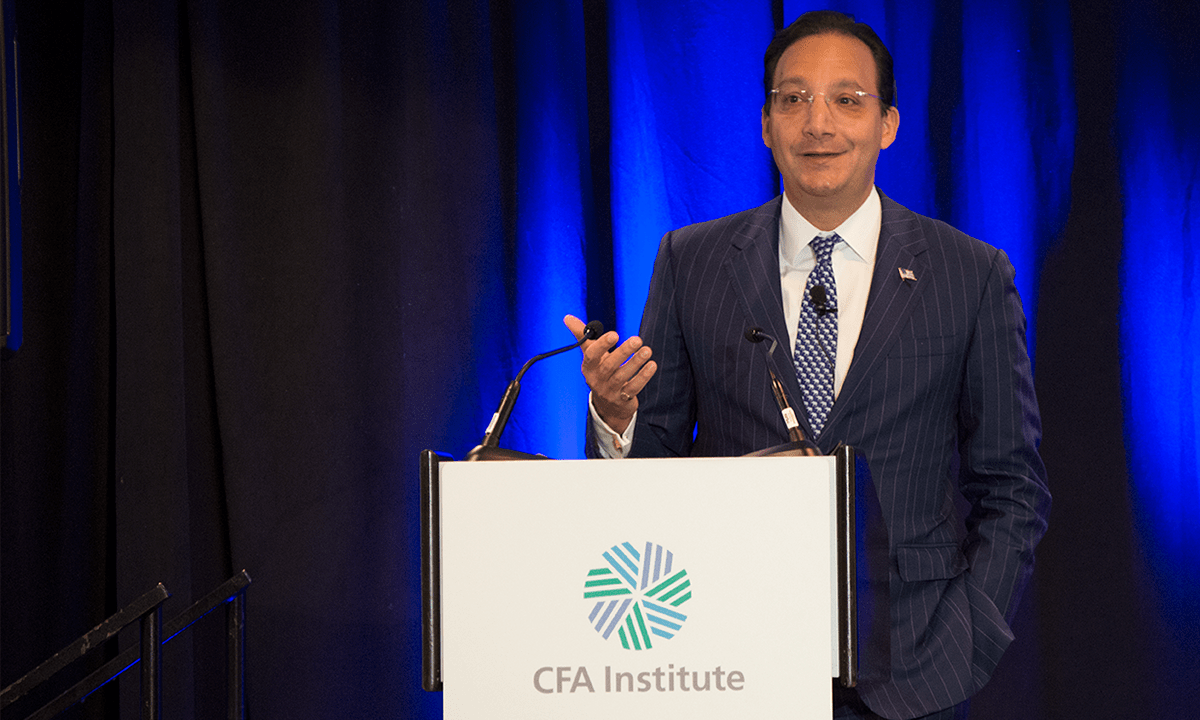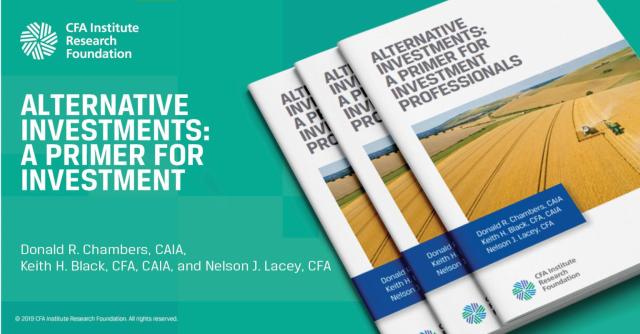[ad_1]
That public equity markets are overvalued is a common complaint these days. But Jason DeSena Trennert doesn’t believe stocks are the most worrisome component of the current overvaluation epidemic.
“I feel pretty strongly that the real valuation problems in the market today, and in the asset management business broadly, are much more evident in private equity markets,” the chair and CEO of Strategas Research Partners explained at the CFA Institute Equity Research and Valuation 2019 Conference in New York.
In particular, clients have been asking about the recent slew of busted initial public offerings (IPOs). “They’ve been really terrible investments if you weren’t given shares at the IPO,” Trennert said. That’s why he believes private equity investors will have a much harder time replicating the returns they’ve generated in the past.
There has been a significant shift in capital flows from public to private markets over the last decade, Trennert observed. Private capital rose from $500 billion in assets under management (AUM) in 2000 to about $6 trillion today. In the meantime, he said, the number of publicly traded companies has fallen from about 8,800 in 1997 to about 5,400 today.
“When David Swensen was doing [private equity investing] in the mid-1990s, it made a lot of sense,” Trennert said. “There was a true liquidity premium in private equity versus public equities. I would argue today there’s more of an illiquidity premium — whether people want to admit it or not.”
And pension funds and other institutional investors are paying for opacity in an attempt to meet unrealistic investment return assumptions going forward.
On the other hand, Trennert doesn’t believe public equities are particularly expensive given low inflation and historically low interest rates. Nevertheless, he doesn’t see a lot of potential upside in the S&P 500.
The behavior of public equity investors does not signal a top in equity markets either. “You don’t have the levels of euphoria or animal spirits that is normally consistent with a big bull market top,” Trennert said. Indeed, even with all the flows into domestic equity exchange-traded funds (ETFs) — over $1 trillion in the last 10 years — this has been more than offset by outflows in domestic equity mutual funds.
“I guess the simple point of this is, this is one of the least-loved bull markets of all time and I think it could last as a result,” he said.
To further bolster his case, Trennert referred to a Wall Street Journal op-ed he wrote in 2013 — “The Stock Market and the ‘Tina’ Factor” — in which he argued “There is no alternative” to equities. We are still living in that TINA world with financial repression and negative interest rates.
“The sad fact of the matter,” Trennert said, “is when this is going on, valuation matters less than it should.”
So where are the alpha opportunities for active mangers?
As long-term interest rates rise and the yield curve steepens, Trennert believes security selection, sector allocation, and sector rotation are areas to explore. “In the last 10 years, it’s been very difficult to find any source of alpha,” he said. “The main source of alpha was largely in trading beta. Hopefully, as rates normalize, we’ll get away from that.”
As for his outlook for the global economy and equity markets, Trennert offered the following observations:
- The United States doesn’t necessarily need a trade deal to avoid recession. (Trennert does not expect a US recession for at least another year.) As in other developed countries, US GDP is not particularly levered to trade, rather it is oriented to consumer and government spending.
- A United States–China trade deal or a strategic détente between the two nations will be a positive factor for global growth.
- Markets have started to move from favoring growth to value and from US to international stocks. Why? Mainly because the United States is a growth market overall and international equities, particularly in Europe, tend to be more value oriented.
- We have not reached “peak populism.” Populism will be an enduring theme in US and global politics for years to come.
If you liked this post, don’t forget to subscribe to the Enterprising Investor.
All posts are the opinion of the author. As such, they should not be construed as investment advice, nor do the opinions expressed necessarily reflect the views of CFA Institute or the author’s employer.
Image courtesy of Paul McCaffrey
Professional Learning for CFA Institute Members
CFA Institute members are empowered to self-determine and self-report professional learning (PL) credits earned, including content on Enterprising Investor. Members can record credits easily using their online PL tracker.
[ad_2]
Image and article originally from blogs.cfainstitute.org. Read the original article here.


